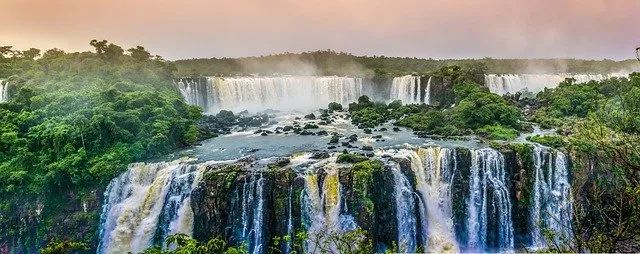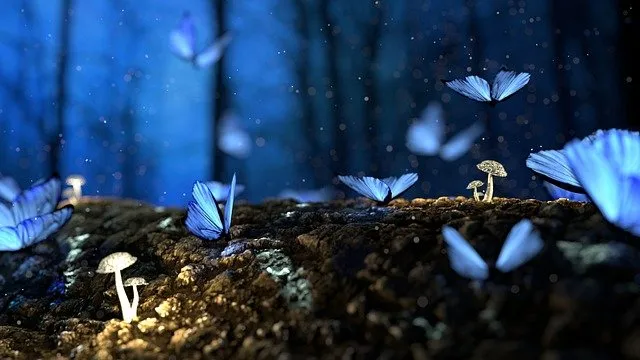
The Fascinating World of Animal Camouflage: How Animals Adapt to Blend In and Survive
Camouflage is a natural defense mechanism that animals use to blend in with their surroundings and avoid predators. It is a fascinating world that showcases the incredible adaptability of animals to survive in their environment. Here are some examples of how animals use camouflage in their daily lives.
Chameleons
Chameleons are known for their ability to change color to match their surroundings. They have specialized skin cells called chromatophores that allow them to alter their skin color and pattern. This helps them blend in with their environment and avoid predators.
Arctic Hares
Arctic hares are found in the Arctic tundra, where the landscape is covered in snow and ice. They have white fur during the winter months, which helps them blend in with the snow and avoid predators. In the summer months, their fur turns brown to match the color of the tundra.
Octopuses
Octopuses are masters of camouflage. They can change the color and texture of their skin to match their surroundings, making them almost invisible. They can also mimic the appearance of other animals, such as rocks or coral, to avoid detection.
Stick Insects
Stick insects are known for their incredible ability to blend in with their surroundings. They have long, slender bodies that resemble twigs or branches, making them almost invisible to predators. Some species even have the ability to shed their legs to escape from predators.
Conclusion
Camouflage is a remarkable adaptation that allows animals to survive in their environment. From chameleons to stick insects, animals have evolved various ways to blend in with their surroundings and avoid predators. It is a fascinating world that showcases the incredible adaptability of animals to survive in their environment.

All images are taken from the Pixabay.com